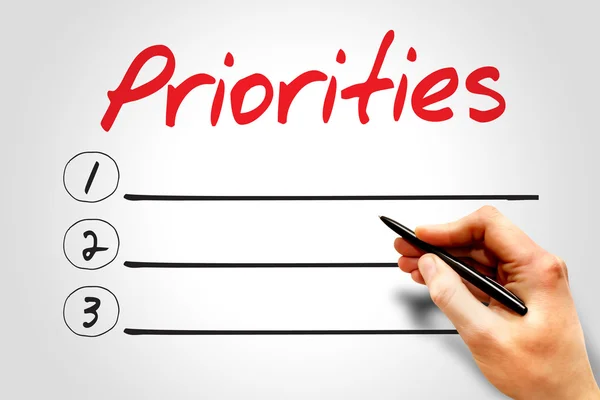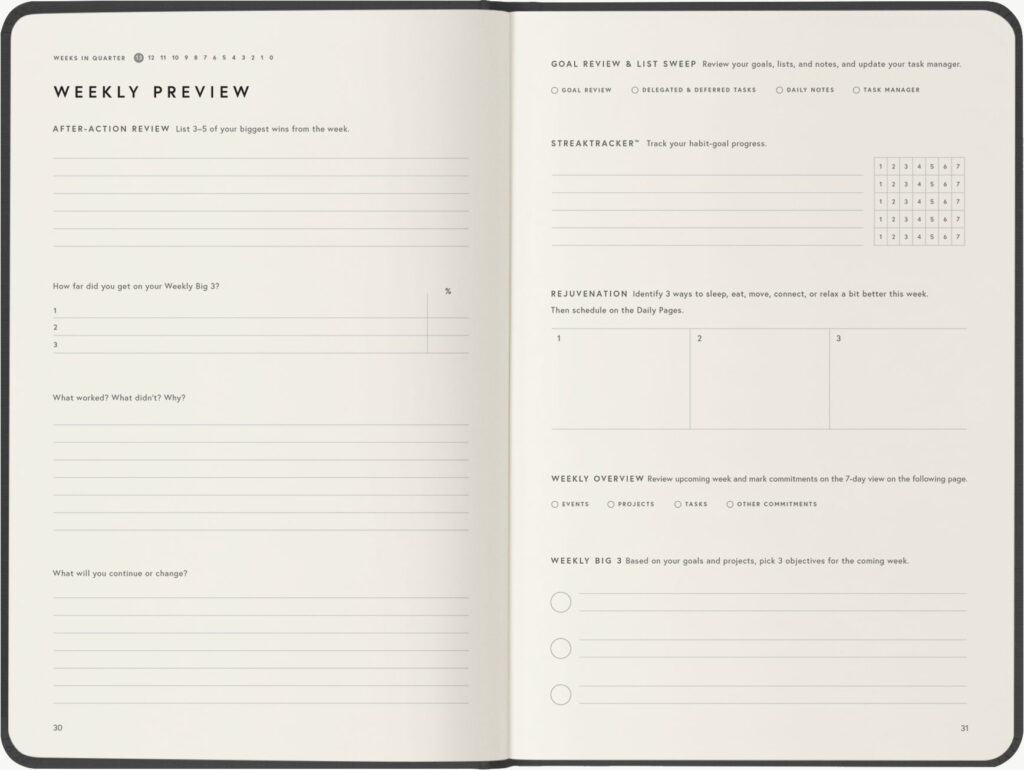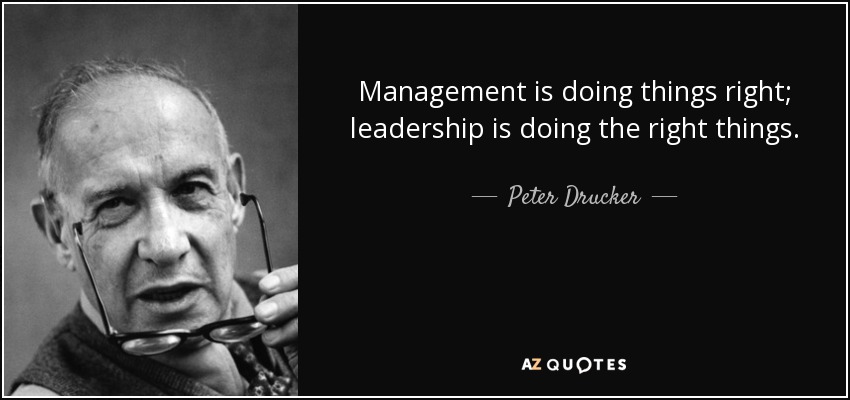I am writing a blog series about becoming a strong leader in the post-pandemic world. Last December, I discussed how leaders can address the fact that many organizations have fewer people and resources to do the job. I declared that leaders must set clear priorities for success in the post-pandemic world. In April, I shared a proven leadership tool, the Eisenhower Decision Matrix, to set clear priorities in demanding roles. Last month, I described a powerful tool that helps leaders set clear priorities. In this blog, I will highlight another helpful tool for modern leaders to focus their daily efforts. It is called the Daily Big 3.
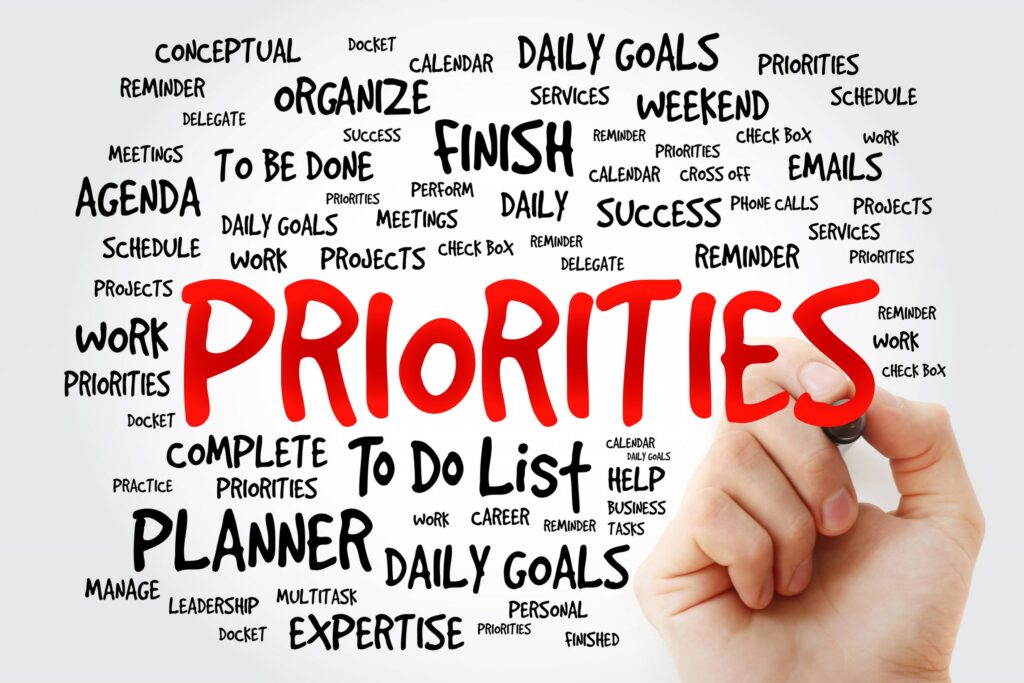
Setting daily priorities for leaders
Leaders have too many tasks and never enough time to finish everything. The most successful leaders deal with this dilemma by setting clear priorities for their teams and themselves. One such leader is Michael Hyatt. Many of you may not have heard of him before. Michael S. Hyatt is a modern-day productivity and leadership guru whom I trust. One thing I like about Michael’s Full Focus system is its practicality. His system includes a method that helps leaders set clear daily priorities. He refers to these top priority tasks as the daily big 3.

What is the daily big 3?
The daily Big 3 concept is not hard to comprehend. Your daily big 3 are your three most important tasks and associated actions. Nothing more, nothing less. Your daily big 3 enable you to set intentions and create a focus for the day. I fully realize that many leaders have an extensive list of things they must complete daily. Your daily to-do list may be a mile long. Therein lies the problem. How do you choose what gets priority of effort for the day? Another way to think about this concept. If you accomplish these three things, the day is a success. If you don’t, it is not.

How do you determine your daily big 3?
For some leaders, determining your daily three is not tricky. You look at what you have planned for the day and pick the three most important tasks to complete. For others, it may be a real struggle. Choosing your daily big three is particularly challenging when your schedule is full of endless meetings, unrealistic deadlines, and an infinite list of things you must complete. I recommend spending some time analyzing your activities to pick your daily big 3. All tasks are not equally important. The same goes for meetings. Some are routine, while others are vitally critical.

Write down your daily big 3
I recommend recording your daily big three somewhere so that you can reference it throughout the day. Michael Hyatt’s Full Focus Planner has space for writing down your daily big 3. So it is clear—you do not need a Full Focus Planner to use this tool. You can use whatever planner or system works best for you. Some leaders may prefer a digital format, while others like analog. I use a hybrid approach with both digital and analog tools. In general, I prefer analog. Writing things down helps me remember them later. Perhaps you have the same propensity for analog.
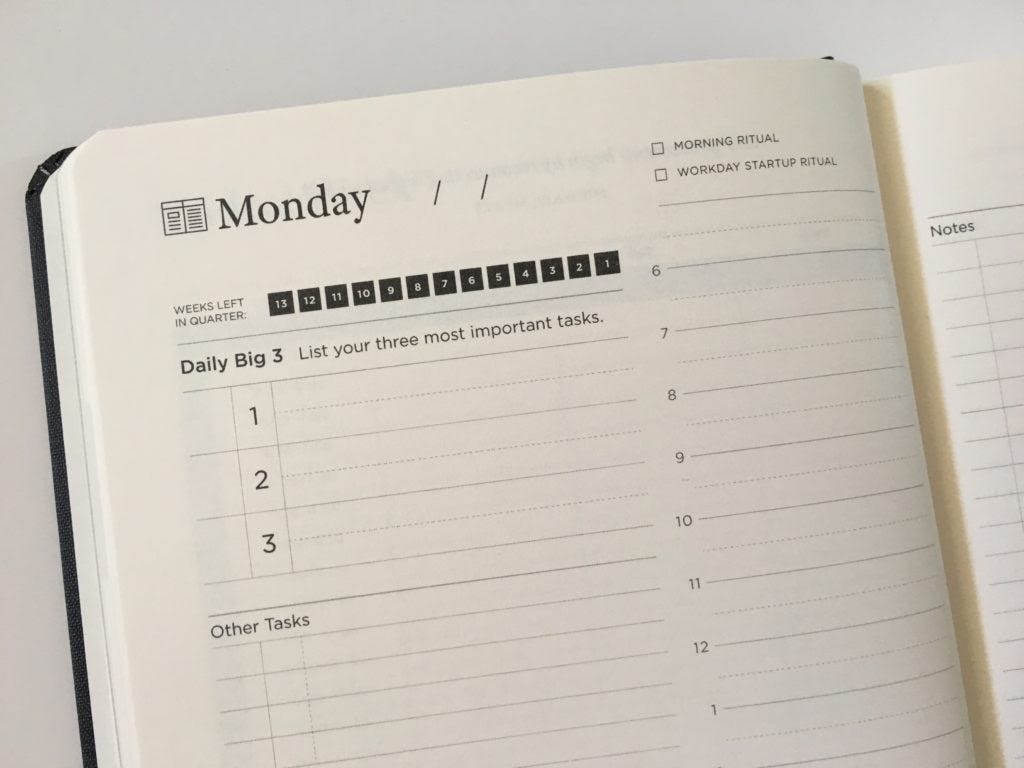
Three thoughts about using this tool
I have used Michael Hyatt’s Full Focus system for several years. Based on my experience here are three thoughts about using this tool.
- You do not have to pick three—there is no rule that says you have to pick three activities each day. That number is recommended. If you have less, no worries. I am against picking more than three. If you cannot narrow your focus to three or fewer priority tasks in a single day, then you likely have bigger problems to resolve.
- You can include personal items – Most tasks I select are work-related. However, I often include a non-work item in my daily big 3. Life is not about only work. Don’t forget about the rest of your life when setting your daily big 3.
- You don’t have to rank them—some people like to rank order their daily priorities. I usually don’t. Yes, some days, a clear #1 priority ranks high above the rest. For me, that is the exception, not the rule.
How do you use this powerful leadership tool?
Using this tool is relatively straightforward. Select your daily big three when preparing for the day, whether the night before or in the morning. Usually, I review my daily priorities when I start work. Next, I will check my progress against my priorities at midday to see how it is going. If none are complete, I may adjust my afternoon schedule to have time for my top priorities. At the end of the workday, I will check my daily big three to see if I have accomplished them. If not, I will complete them that evening or roll them over to the next day. This tool may seem like a lot of work. The investment is worth it. The most significant benefit this leadership tool gives me is focus. If I get sidetracked, the daily big three helps me get back on track and focus on what is essential for the day.
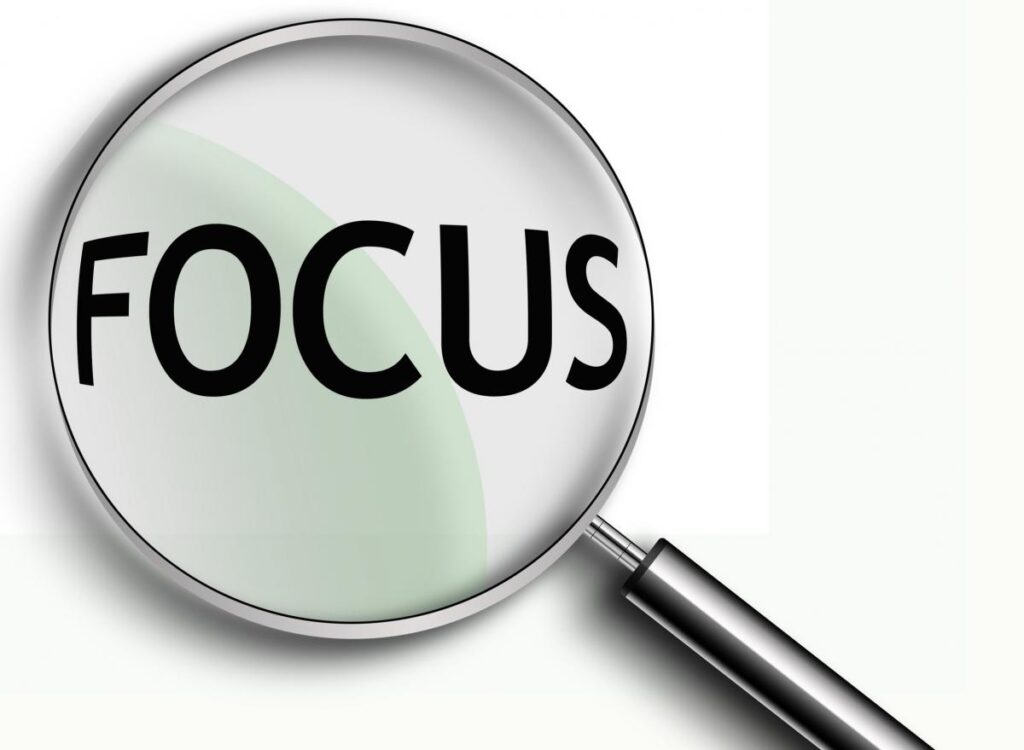
What is the hardest part of selecting your daily big 3?
If this tool is so effective, you may wonder why more leaders don’t leverage it. There are three reasons why. First, some leaders do not know about the daily big three. Second, many leaders have a mile-long to-do list. The idea of picking the top three things to do every day is daunting. Third, and most importantly, selecting your daily big three takes time and effort. It is a daily discipline. Trust me, it is worth it.

In the next blog, I will discuss a simple way to determine if you have clear priorities.
What about you? Do you know how to set clear priorities? Leverage the Eisenhower Decision Matrix and weekly preview to perform this critical function. Next, install the habit of picking your daily big three before you start your work day. In the next blog, I will discuss a simple way to determine if you have clear priorities.
You’ll never change your life until you change something you do daily. The secret of your success is found in your daily routine.
John Maxwell
ATW! will make you a better leader
I hope you join me on this journey to raise the next generation of leaders. The world is in desperate need of more great leaders. Women and men who lead with confidence, clarity, and creativity. It’s time to become the leader that your world needs. Let’s go All The Way!
